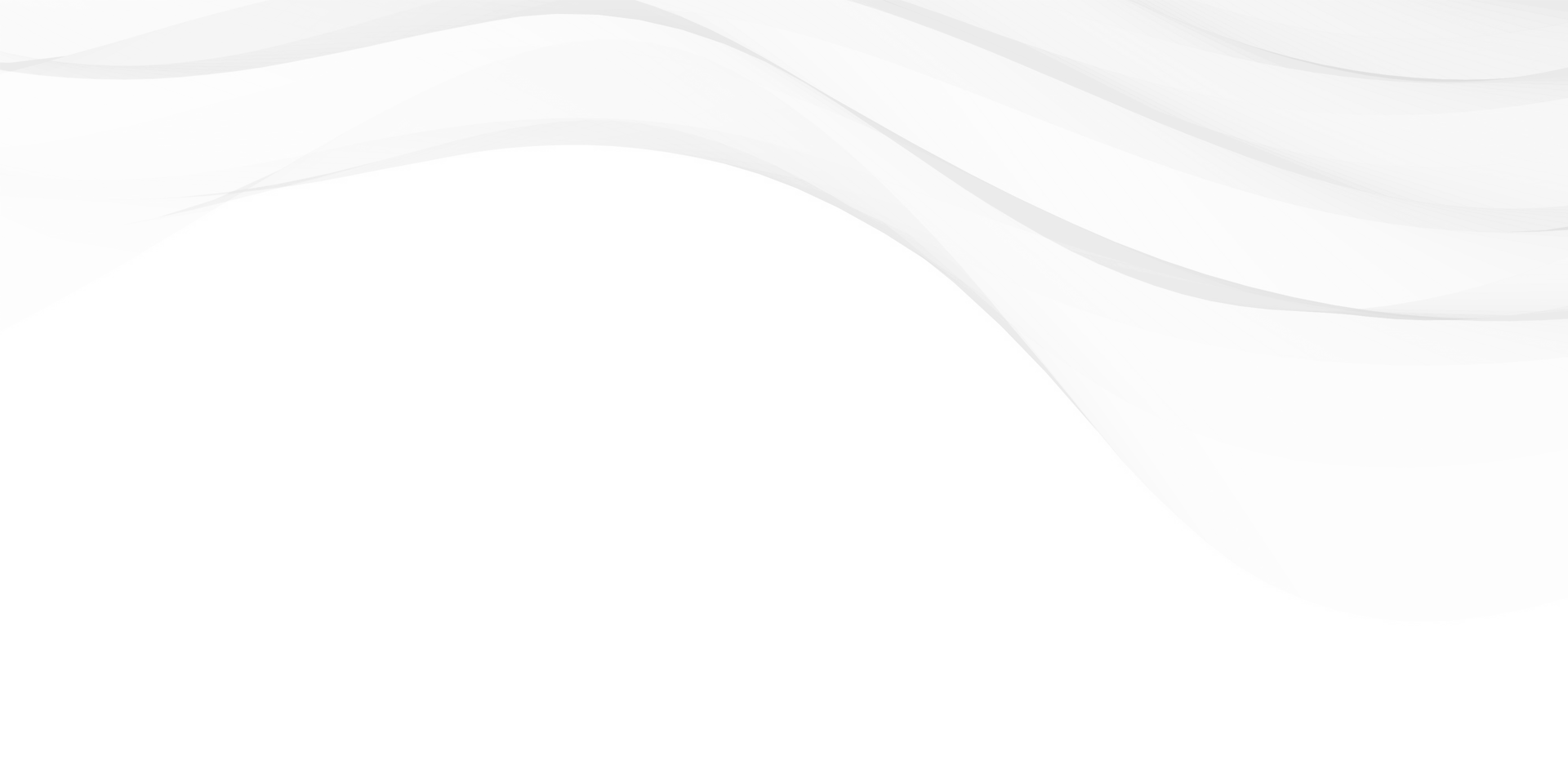University Diagnostics offers joint procedures using fluoroscopy at our Hall of Fame location. Appointments can be scheduled during standard business hours when a sub-specialized radiologist is on-site. A provider order is required to perform these studies.
Fluoroscopy
A Better Fluoroscopy Experience
What is a Fluoroscopy Exam?
Fluoroscopy is a study of moving body structures—similar to an X-ray “movie.” A continuous X-ray beam is passed through the body part being examined. The beam is transmitted to a TV-like monitor so that the body part and its motion can be seen in detail. Fluoroscopy, as an imaging tool, enables physicians to look at many body systems, including the skeletal, digestive, urinary, respiratory, and reproductive systems.

